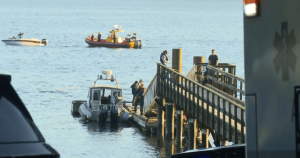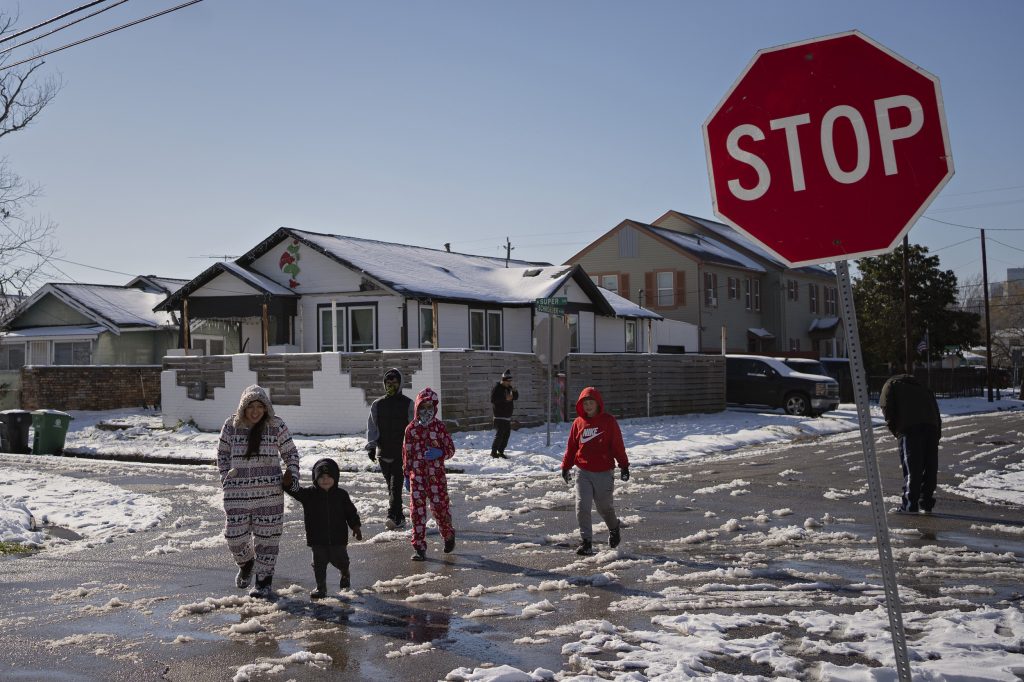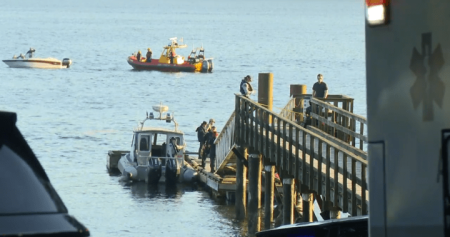A powerful winter storm has swept across the southern United States, bringing with it a rare deluge of snow, ice, and dangerously cold temperatures, impacting millions from Texas to the Carolinas. This unusual weather event, characterized by its southern trajectory and intensity, has caused significant disruptions, including widespread travel delays and closures, school shutdowns, and hazardous road conditions. The storm’s impact is expected to persist through the week, with communities grappling with the aftermath of heavy snowfall, icy roads, and plummeting temperatures.
The storm’s initial impact was felt on Tuesday, blanketing parts of Texas, Louisiana, Mississippi, Alabama, and the Florida Panhandle with snow. This unusual snowfall led to hazardous travel conditions, resulting in the cancellation of over 2,100 flights across the United States and the closure of major highways and bridges, including the Lake Pontchartrain Causeway in New Orleans. As the storm continues its eastward trajectory, snowfall is anticipated to continue across several states, including portions of Texas, Louisiana, Mississippi, Alabama, Florida, Georgia, South Carolina, North Carolina, Virginia, Delaware, Maryland, New Jersey, and Massachusetts.
The National Weather Service (NWS) has issued winter storm warnings for numerous cities in the storm’s path, including New Orleans, Tallahassee, Atlanta, and Charleston. Significant snowfall accumulations are expected, with some areas potentially receiving up to six inches of snow. The highest snowfall total recorded so far is 10.5 inches in Rayne, Louisiana. Areas from southeast Texas to the Florida Panhandle are particularly at risk for heavier snowfall. As the storm progresses, additional snowfall is anticipated in regions from southern Louisiana to southern Mississippi, southern Alabama, and northwest Florida, with potential accumulations of up to six inches in localized areas. A dusting to six inches of snow is also possible from Georgia to the Carolinas.
The storm’s intensity has led to the issuance of blizzard warnings for the Louisiana coastline, a rare occurrence. Strong winds combined with heavy snowfall have created near-whiteout conditions, further complicating travel and increasing the risks associated with the storm. The combination of heavy snow and strong winds creates dangerous conditions, limiting visibility and making travel extremely hazardous. This unusual weather event underscores the storm’s severity and the potential for significant disruption.
The widespread impact of the storm has forced school closures across multiple states, including Florida, Alabama, and Georgia, with some closures extending into Wednesday and Thursday. This disruption highlights the storm’s far-reaching effects and the prioritization of safety for students and staff. The closures are a necessary precaution to ensure the safety of students and staff amidst hazardous travel conditions and potentially dangerous weather.
Meteorologists predict that below-normal temperatures will persist along the East Coast and Gulf Coast, with the potential for record cold temperatures in some areas. This prolonged cold snap, coupled with the heavy snowfall and icy conditions, poses a significant threat to vulnerable populations and infrastructure. Residents are urged to take precautions against the cold, including dressing in warm layers and limiting exposure to the elements. The combination of snow, ice, and frigid temperatures creates a challenging environment that requires careful preparation and attention to safety guidelines. The National Weather Service advises residents to stay indoors, monitor local forecasts, and heed warnings related to the ongoing winter storm.
The storm is projected to continue its eastward movement through Georgia and the Carolinas into early Wednesday. Central and southern Georgia may receive an additional dusting to six inches of snow, while parts of the Carolinas could experience more significant accumulations. The impact on travel, power, and infrastructure is likely to persist throughout the week as communities grapple with the aftermath of this unusual southern winter storm. The prolonged effects of the storm underscore the need for preparedness and resilience in the face of extreme weather events. The rare nature of such a significant winter storm in this region emphasizes the importance of heeding warnings and taking appropriate safety measures.










